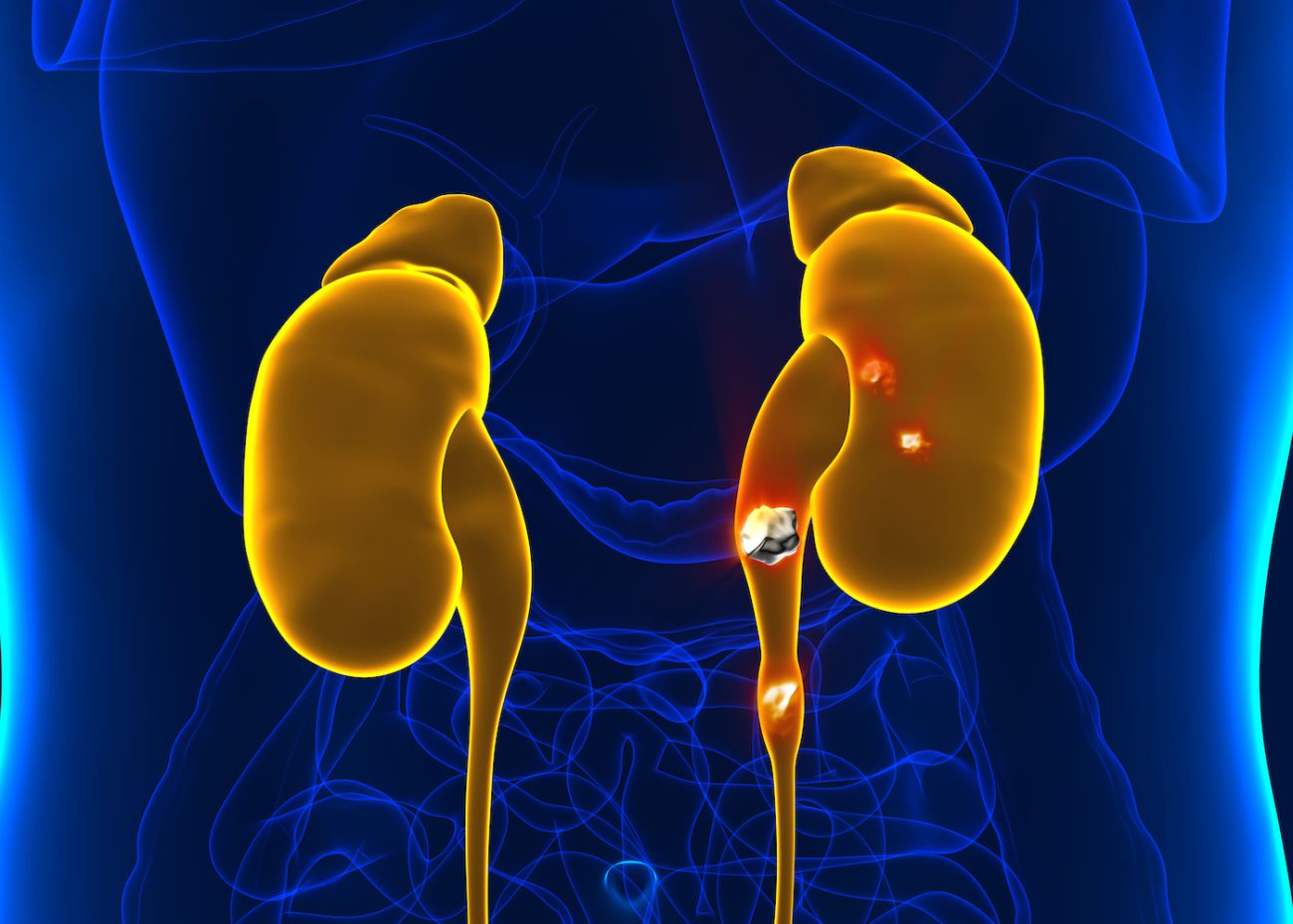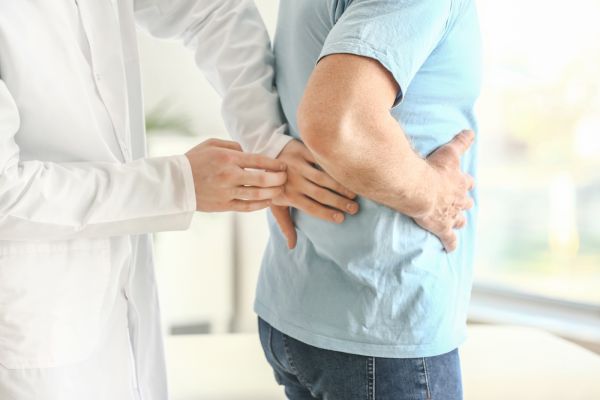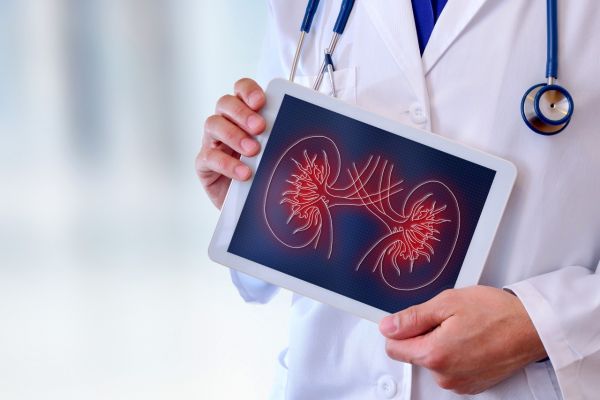A kidney stone walks into a bar.
The bartender says, “What’ll you have?”
The kidney stone says, “No thanks, I’m just passing through.”
While the joke is intended for humor, having a kidney stone is no laughing matter. Every year in the United States more than half a million people go to emergency rooms for kidney stone related pain and suffering. Most often affecting people ages 30-60, kidney stones are quite common: 11% of men and 6% of women will have at least one kidney stone in their lifetime.
What causes kidney stones?
Kidney stones are deposits of crystalized minerals and salts that form in the urine. They can be as small as a grain of sand or grow as large as a golf ball. Some people, however, are more likely than others to form painful kidney stones. Heredity, geography, hydration, diet, and lifestyle all play a role, says Muammer Altok, MD, a urologist at Roswell Park Niagara Falls Boulevard, a member of the Roswell Park Care Network. Dr. Altok specializes in the care of patients with general urological disorders and genitourinary cancers.
“Most of the kidney stones we see are less than seven millimeters wide and will pass spontaneously through urination,” says Dr. Altok. “While smaller stones can cause mild irritation in the genitourinary system, increasing urgency as well as discomfort and burning sensations while urinating, we are often able to treat the symptoms with painkillers and wait a couple of weeks for the stone to pass on its own, especially if they are less than five millimeters, unless they cause intolerable pain, kidney failure or infection.”
Larger stones are a different beast. They can cause excruciating levels of sharp, cramping pain that’s been compared to childbirth and stabbing. In addition to the extreme pain, symptoms may include nausea, vomiting, constipation or diarrhea, bloating, and sometimes fever if an infection develops.
Fortunately, new medical advances are bringing relief to patients with a minimally invasive procedure that requires no incisions. Instead of surgery, stones are now removed mostly using a ureteroscope, a small telescope that is inserted into the urinary system from the urethra up to the ureter and kidney. Once the stones are detected, a laser is used to break them into smaller pieces which can be removed or in some cases, allowed to pass naturally.
“Until the early 1980s, most patients with symptomatic stone disease were treated by open surgery,” says Dr. Altok. “That meant that even for a tiny millimetric stone, surgeons needed to make an incision that was about 10-15 centimeters. Now, nearly all our surgeries are done endoscopically, and patients can return home the same or next day. This advance is a major improvement for patients as they can avoid surgical incisions, reducing healing time and other post-surgical risks.”
Learn more about our Care Network
The Roswell Park Care Network provides you with access to Roswell Park experts and the newest treatment approaches in multiple, convenient locations.
Find a locationTreatment and prevention of kidney stones
Depending on stone size and location, other treatment options may be offered, including shock wave lithotripsy, during which stones are fragmented into smaller pieces that will pass with normal urination. Increasing water intake is also recommended to facilitate the passing of stones and fragments.
Unfortunately for those more predisposed to stone formation, studies show that 50% of people who form kidney stones are likely to form another stone within 5-10 years. Genetics also plays a role — if you have family members who had kidney stones, that increases your risk as well.
Hydration is key. “People who live in warmer climates are more at risk for kidney stones because they are more likely to experience dehydration. People who exercise vigorously and don’t replenish their fluids may also be at increased risk,” says Dr. Altok.
Maintaining healthy fluid intake is one of the most effective ways to prevent stone formation. Dr. Altok also recommends a daily, healthy diet including fruits and vegetables that are low in oxalate and decreasing animal protein, as well as avoiding foods and beverages that contain excessive sodium, which increases calcium release in urine and increases the risks of kidney stones.
Water, water, and more water will help lower risks as well as improve digestion, prevent constipation, and promote healthy skin, hair and nails. You’ll know you’re drinking enough if your urine is colorless or light yellow and if you rarely feel thirsty. “You should not be drinking water when you are already thirsty,” reminds Dr. Altok. “Thirst is your body’s alarm system and its way of letting you know you are already dehydrated.”
Diet's role in kidney stone prevention
For some, kidney stones may be formed by excessive oxalate in the diet. To reduce risks, limit high oxalate foods and beverages or consume in combination with calcium-rich foods that help oxalate and calcium bind to one another in the stomach and intestines before reaching the kidneys, making it less likely for kidney stones to form.
| High oxalic foods and beverages | Calcium-rich foods |
|---|---|
|
|




